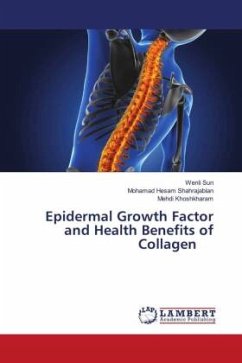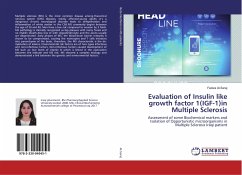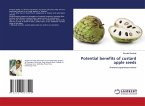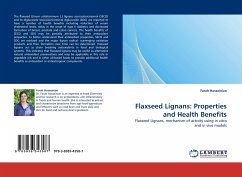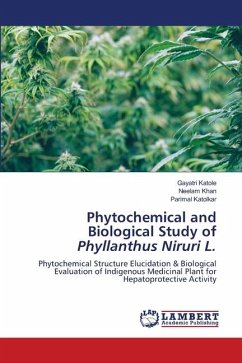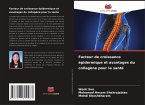Collagen is the most abundant protein in mammalian systems, and it can be discovered in organs such as kidney, bones, heart, the liver, skin, and teeth. Collagen is defined as a coiled-coil trimer molecule, each of which is included the repeated sequence of amino acids Gly-X-Y, where X and Y are usually found to proline and hydroxyproline amino acids. The utilization of collagen from different sources also related to its thermal stability that may have direct connection with the body temperature and living environment of several species, and the thermal stability of collagen protein is directly connected to the amino acid composition. Fibrillar collagens are collagens I, II, III, V, XI, XIV, and XXVII. Non-fibrillar collagens are collagens IV which is the basement membrane collagen, collagen VII which is anchoring collagen, collagens VI, XXVIII, XXIX which are microfiber building collagens, and collagens VIII and X which are active in forming network systems collagen.
Bitte wählen Sie Ihr Anliegen aus.
Rechnungen
Retourenschein anfordern
Bestellstatus
Storno

